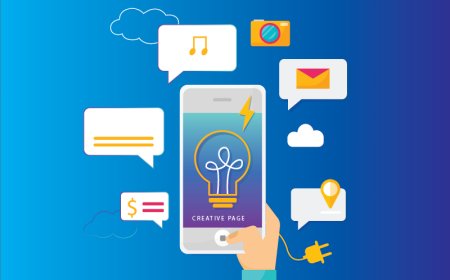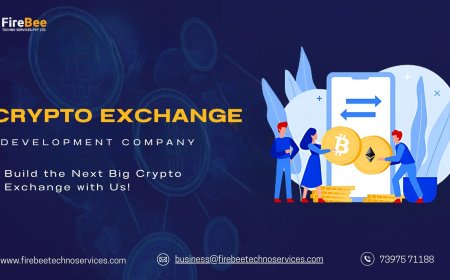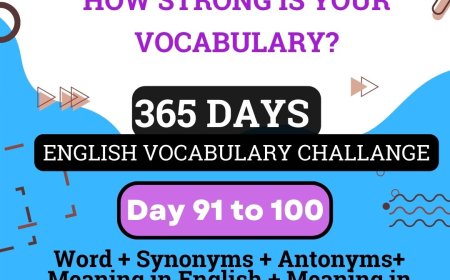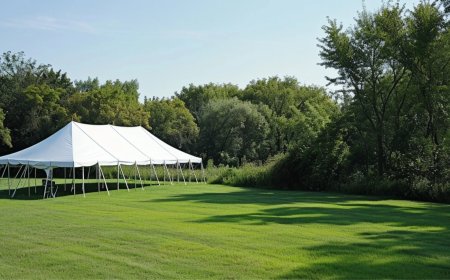How Virtual Reality (VR) is Transforming Online Learning
Take, My, Class, Online

Online learning has become a cornerstone of modern education, offering flexibility, accessibility, and convenience to students around the world. Yet, one of its persistent challenges lies in replicating the engagement and immersive experience of traditional classroomtake my class for me online. This is where virtual reality (VR) steps in as a transformative technology. VR is no longer limited to gaming and entertainment; it is now revolutionizing online learning by creating interactive, engaging, and immersive educational experiences that were once unimaginable.
From virtual field trips to 3D simulations and collaborative virtual classrooms, VR is setting the stage for a new era of online education. This article explores how virtual reality is transforming online learning, its benefits, challenges, and the future potential of this groundbreaking technology.
1. What is Virtual Reality in Online Education?
Virtual reality is a technology that immerses users in a computer-generated, three-dimensional environment. Using VR headsets and controllers, users can interact with simulated settings that mimic real-world experiences or entirely fictional scenarios. In the context of online education, VR enables students to "step into" virtual classrooms, explore historical landmarks, conduct experiments in virtual laboratories, and collaborate with peers in simulated environmentsall from the comfort of their homes.
Unlike traditional online learning platforms that rely heavily on videos, slides, and text, VR adds an immersive dimension that engages students on a deeper level, making learning more experiential and impactful.
2. Enhancing Student Engagement and Motivation
One of the primary advantages of VR in online learning is its ability to captivate students attention. Virtual environments are inherently engaging, providing students with an opportunity to actively participate rather than passively consume information.
For instance, a biology student can explore a 3D model of the human body, walking through organs and observing systems in action. Similarly, history students can virtually "visit" ancient Rome or the Great Wall of China, experiencing historical contexts firsthand. These immersive experiences make learning exciting and relatable, fostering curiosity and motivation to learn.
Research shows that interactive and experiential learning leads to better retention and understanding. By placing students in realistic scenarios, VR transforms abstract concepts into tangible experiences, making learning both enjoyable and effective.
3. Virtual Classrooms and Collaborative Learning
Virtual reality enables the creation of virtual classrooms where students and teachers can interact in real-time, simulating the dynamics of a physical classroom. These virtual spaces allow students to attend lectures, participate in discussions, and collaborate on projects, regardless of their geographical location.
Platforms like Engage and AltspaceVR are already facilitating virtual classrooms, enabling educators to host interactive sessions with 3D visuals, breakout rooms, and real-time collaboration tools. Students can sit together in a virtual classroom, raise their hands to ask questions, and engage in group activities, fostering a sense of community often missing in traditional online courses.
Additionally, VR enhances collaborative learning by providing shared environments where students can work together on tasks. For example, engineering students can design and test prototypes in a virtual workshop, while medical students can collaboratively perform virtual surgeries. These experiences promote teamwork, problem-solving, and critical thinking skills.
4. Virtual Field Trips and Cultural Exploration
One of the most exciting applications of VR in online learning is the ability to take virtual field trips. These experiences allow students to explore places and environments that would otherwise be inaccessible due to financial, logistical, or geographic constraints.
For instance, geography students can virtually hike through the Amazon rainforest, observe wildlife in their natural habitats, or study geological formations up close. Art and history students can explore world-class museums like the Louvre or step into historical events like the signing of the Declaration of Independence.
Cultural exploration is another significant benefit. VR enables students to experience diverse cultures, traditions, and languages by immersing themselves in virtual communities. For example, language learners can practice conversational skills with virtual characters in simulated marketplaces, cafes, or cities, gaining confidence in real-world scenarios.
5. Hands-On Training Through Simulations
VR is particularly transformative in fields that require hands-on nurs fpx 4000 assessment 3. By simulating real-world environments and scenarios, VR allows students to practice skills in a safe, controlled setting.
In medical education, for example, VR platforms like Touch Surgery provide virtual simulations of surgical procedures, enabling students to practice techniques without the risk of harming patients. Similarly, aviation students can train in virtual cockpits, mastering flight maneuvers and emergency protocols without the expense or danger of actual flights.
Other industries, such as manufacturing, construction, and law enforcement, also benefit from VR training simulations. Students can learn how to operate machinery, navigate hazardous environments, or handle crisis situations, gaining practical experience that prepares them for real-world challenges.
6. Breaking Down Barriers to Accessibility
One of the most significant advantages of VR in online education is its potential to make learning more inclusive and accessible. Students with physical disabilities can participate in virtual activities that might be challenging or impossible in real life. For example, a student in a wheelchair can explore a virtual mountain range or participate in sports simulations, enjoying experiences that transcend physical limitations.
Additionally, VR supports diverse learning styles by incorporating visual, auditory, and kinesthetic elements into educational content. Students who struggle with traditional methods of learning, such as reading or listening to lectures, can benefit from interactive and hands-on experiences in virtual environments.
7. Overcoming the Limitations of Traditional Online Learning
Traditional online learning platforms often struggle to replicate the social and interactive aspects of in-person education. Students may feel isolated or disengaged, leading to high dropout rates in online courses.
VR addresses these challenges by creating immersive and interactive environments that foster connection and engagement. Students can interact with instructors and peers in real-time, participate in group activities, and receive immediate feedback, replicating the social dynamics of traditional classrooms.
Moreover, VR eliminates distractions and monotony by placing students in focused, immersive settings. Instead of multitasking during a video lecture, students are fully present in a virtual environment, enhancing concentration and learning outcomes.
8. Challenges and Limitations of VR in Online Learning
While the potential of VR in online education is immense, its adoption faces several challenges:
a. Cost and Accessibility
VR equipment, such as headsets and controllers, can be expensive, making it less accessible to students from low-income backgrounds or underserved regions. Educational institutions must also invest in VR-compatible software and infrastructure, which may not be feasible for all schools and universities.
b. Technical Requirements
VR systems require robust hardware and internet connectivity, which can be a barrier in regions with limited technological resources. Lag or technical glitches can disrupt the immersive experience, diminishing the effectiveness of VR-based learning.
c. Content Development
Creating high-quality VR content is a complex and resource-intensive process. Educational institutions must collaborate with developers, subject matter experts, and designers to produce engaging and accurate simulations, which can be time-consuming and costly.
d. Health and Safety Concerns
Extended use of VR headsets can lead to motion sickness, eye strain, and fatigue, posing challenges for long-duration learning sessions. Educators must balance VR activities with traditional methods to ensure students well-being.
9. The Future of VR in Online Education
Despite these challenges, the future of VR in online learning is promising. As technology becomes more affordable and accessible, VR is likely to become a standard feature in online education platforms. Advancements in wireless technology, 5G networks, and AI-driven content creation will further enhance the quality and accessibility of VR experiences.
Emerging trends, such as mixed reality (MR) and augmented reality (AR), will complement VR, providing even more dynamic and versatile learning opportunities. For example, students could use AR to overlay virtual models onto their physical surroundings, creating a seamless blend of real and virtual environments.
Additionally, as the demand for remote and hybrid learning grows, institutions are expected to invest more in VR technology, making it a mainstream tool for education.
10. Conclusion
Virtual reality is transforming online learning by bridging the gap between physical and virtual classrooms. Its ability to create immersive, interactive, and engaging experiences makes it a powerful tool for enhancing education across nurs fpx 4055 assessment 4. From virtual field trips and collaborative classrooms to hands-on simulations and cultural exploration, VR offers unparalleled opportunities for students to learn, grow, and succeed.
While challenges such as cost and accessibility remain, the rapid advancement of technology and growing adoption of VR in education suggest a bright future. By embracing VR, educators and institutions can redefine online learning, making it more inclusive, effective, and impactful for students worldwide.
The journey of VR in education is just beginning, and its potential to transform how we teach and learn is boundless. As we step into this exciting new era, one thing is certain: virtual reality is not just a tool for learningit is the future of education itself.





























